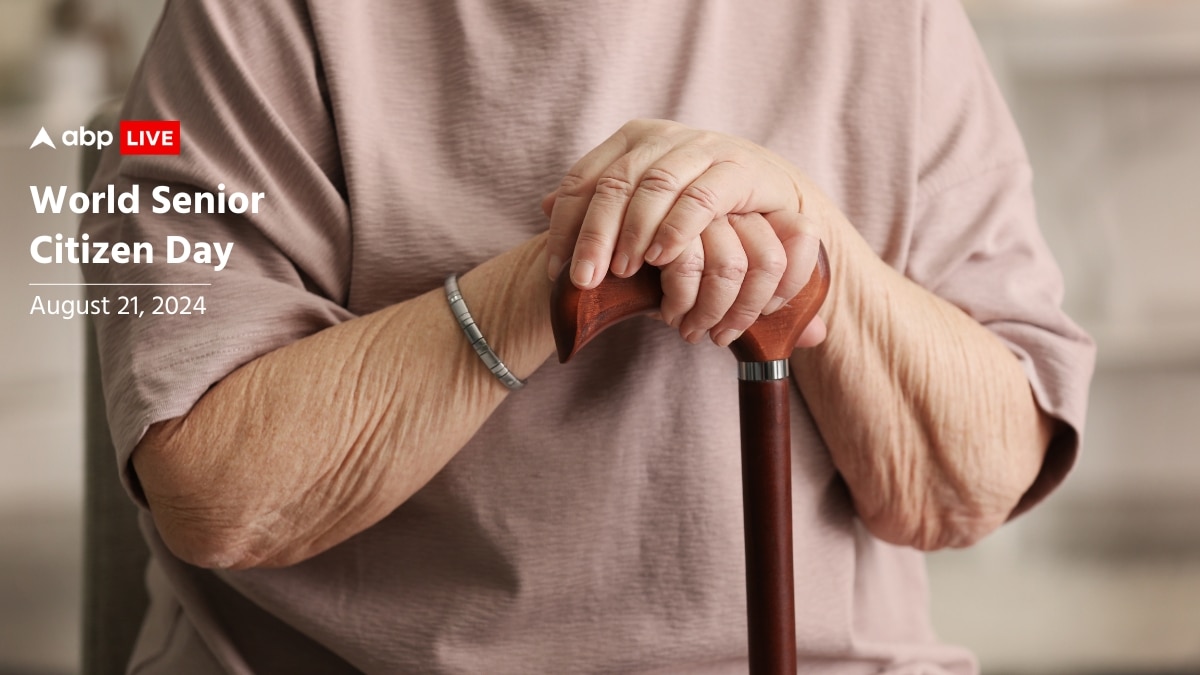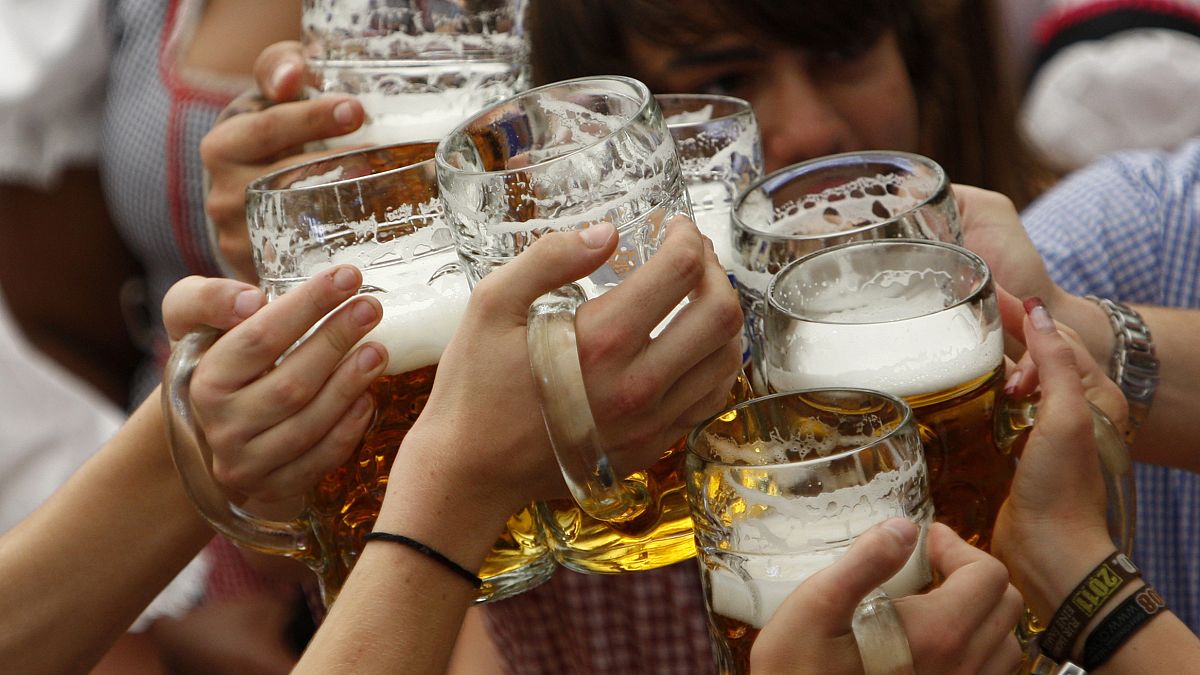By Dr Anita Bhandari & Dr Anushka Bhandari Falls in the elderly are unfortunately common, and can be a life-threatening event. A fall can at an advanced age can have severe consequences like fractures, head injuries, and prolonged hospitalisation. Besides, they can also result in decreased mobility and independence, with increased reliance on caregivers or assistive devices.
According to World Health Organization data, around 30% of people aged over 65 have had a fall. Falls are also the leading cause of injury-related deaths among the elderly. So the question arises — Can we prevent the falls? And if yes, how? The causes of falls in the elderly are multifaceted, ranging from balance disorders and decreased muscle strength to neurological conditions, impaired vision, and cognitive decline.

The elderly often need to go to different doctors for various medical conditions like hypertension, diabetes, arthritis, sleep disorders, etc. Taking various kinds of medications can increase the risk of "polypharmacy", where different drugs can potentially interact with each other and lead to dizziness, orthostatic hypotension, or drowsiness, which can affect balance control. ALSO READ ON ABP LIVE | Mpox Outbreak Explained With 12 Key Questions As WHO Declares Latest Public Health Emergency Falls In The Elderly Are Largely Preventable Preventing falls starts with a comprehensive risk assessment.
It involves a thorough review of the individual's medical history, including past falls, chronic conditions (e.g. arthritis, diabetes), medications, and any neurological or musculoskeletal issues affecting balance and mobility.
Evaluating the balance system begins with tests such as posturography, which measures balance and stability, and videonystagmography, which assesses the balance system and the brain. Other assessments include the Fall Risk Assessment Tool (FRAT), Timed Up and Go Test(TUG), Gait Test, and vision and hearing evaluations. Cognitive screening evaluates the decision-making abilities and risk perception related to falls.
Healthcare providers can develop a personalised fall prevention plan based on these assessments. This plan may include rehabilitation exercises to improve strength, stability, balance, flexibility, posture, and gait. Medication adjustments may be required to prevent the risk of polypharmacy drug interactions.
Recommendations for home modifications may include installing handrails and improving lighting to reduce environmental hazards, as well as counseling on fall prevention strategies and coping mechanisms for dealing with the fear of falling. A fall can occur in an instant, but its effects can last a lifetime. Systematic evaluation and targeted interventions can significantly enhance the safety, independence, and overall quality of life for the elderly by preventing falls.
Dr Anita Bhandari, neurotologist and ENT surgeon, is Director, NeuroEquilibrium, and Dr Anushka Bhandari is the head of R&D at NeuroEquilibrium. Check out below Health Tools- Calculate Your Body Mass Index ( BMI ) Calculate The Age Through Age Calculator.


















